Real unemployment in Aberdeen is four times higher than the official figure and above the Scottish average, a new report claims.
Centre for Cities’ latest annual economic assessment of the UK’s largest urban areas focuses on a wider definition of joblessness than the UK Government’s official figures.
Its “hidden” unemployment definition includes people who have left the job market for a variety of reasons but would like to work, but not students, retirees or those looking after family.
Research organisation Centre for Cities estimates around 350,700 people in Scotland fall into this category.
The UK Government must address its insufficient action on levelling up so far and act swiftly to create more opportunities that get people back into the labour force in Scotland.”
Andrew Carter, chief executive, Centre for Cities.
The Cities Outlook report puts the “hidden” jobless rate in Aberdeen – official plus “involuntary” unemployment – at 15.6%, compared with an official rate of 3.9% in the Granite City.
Dundee (16.3%) and Glasgow (16.1%) are also above the Scottish average of 14.9% for “hidden” unemployment. The UK average is 12.1%.
Edinburgh is said to have a “hidden” rate of 9.1%, making it “one of the UK’s best performing cities”, although the figure is more than three times the capital’s official unemployment rate.
Centre for Cities’ research focused on the UK’s 63 largest cities and towns.
North of the border, only Edinburgh, Glasgow, Aberdeen and Dundee were included.
The 63 “primary urban areas” account for 1.2 million people who are officially classed as unemployed but this is “only the tip of the iceberg”, the report says.
3.5 million missing UK workers
It adds: “Beneath the surface, there’s a much larger and more complex situation at play.
“Adding in those who are involuntarily inactive reveals an army of up to 3.5 million missing workers.”
Long-term sickness is one factor but Centre for Cities says a long-term jobs shortage is the “bigger challenge” facing many urban areas.
North economist Tony Mackay said conclusions reached in the “very academic” report were “certainly interesting”.
But he also expressed “doubts over the accuracy of those for Aberdeen”.
He said: “There is no doubt the official unemployment statistics for cities such as Glasgow and Dundee are too low.
“Those cities have large numbers of other people who are economically inactive, particularly the over 50s, so the numbers of people not working are undoubtedly much higher than the official unemployment numbers.
“That has not been the case in Aberdeen, where there has been a big rise in local unemployment recently because of the downturn in the North Sea oil and gas industry.”
Mr Mackay added: “There are hopes that many of the lost jobs will be replaced by new ones in renewable energies, such as offshore wind, but progress with those has been very disappointing to date.
“There have also been job losses because of the coronavirus pandemic and other problems, which have affected other industries such as retail and hospitality.”
Centre for Cities “misunderstands” the recent big rise in unemployment in Aberdeen, he said.
Report’s estimates for Aberdeen ‘should be much lower’
He continued: “Many of the people who work in the North Sea oil and gas industry are not locals, and if there is no large increase in renewable jobs I expect many of them will leave the north-east.
“That is not the case in Dundee and Glasgow, where most of those not working were born and brought up locally.
“The report’s estimates for Aberdeen should be much lower and closer to those for Edinburgh and the UK average.”
I think the Centre for Cities report misunderstands the recent big rise in unemployment in Aberdeen and Aberdeenshire.”
Tony Mackay, economist.
A Centre for Cities spokesman said the data for Aberdeen focused on residents already out of work and classed as “economically inactive”.
The spokesman added: “If a person has worked in Aberdeen but lives elsewhere and has become unemployed, then they are not counted in our figures, as they do not live in Aberdeen.”
Centre for Cities chief executive Andrew Carter said: “We have seen lots of headlines alluding to record low numbers of job seekers.
“Cities Outlook shows there is actually a jobs shortage, with a significant regional divide in involuntary inactivity rates.
Levelling up action to date ‘insufficient’
“With Britain now likely to enter a recession, the UK Government must address its insufficient action on levelling up so far and act swiftly to create more opportunities that get people back into the labour force in Scotland.
“This will require setting out and implementing an agenda that delivers much-needed investments in skills and public services, while supporting job creation in struggling places.”
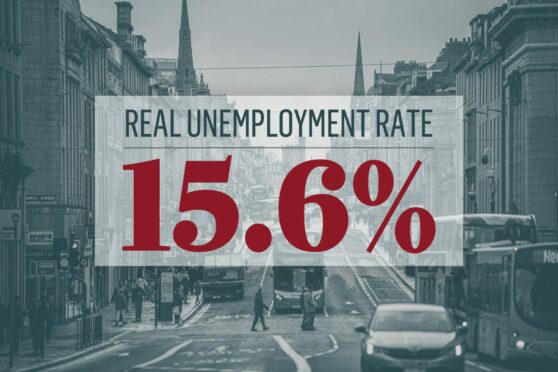
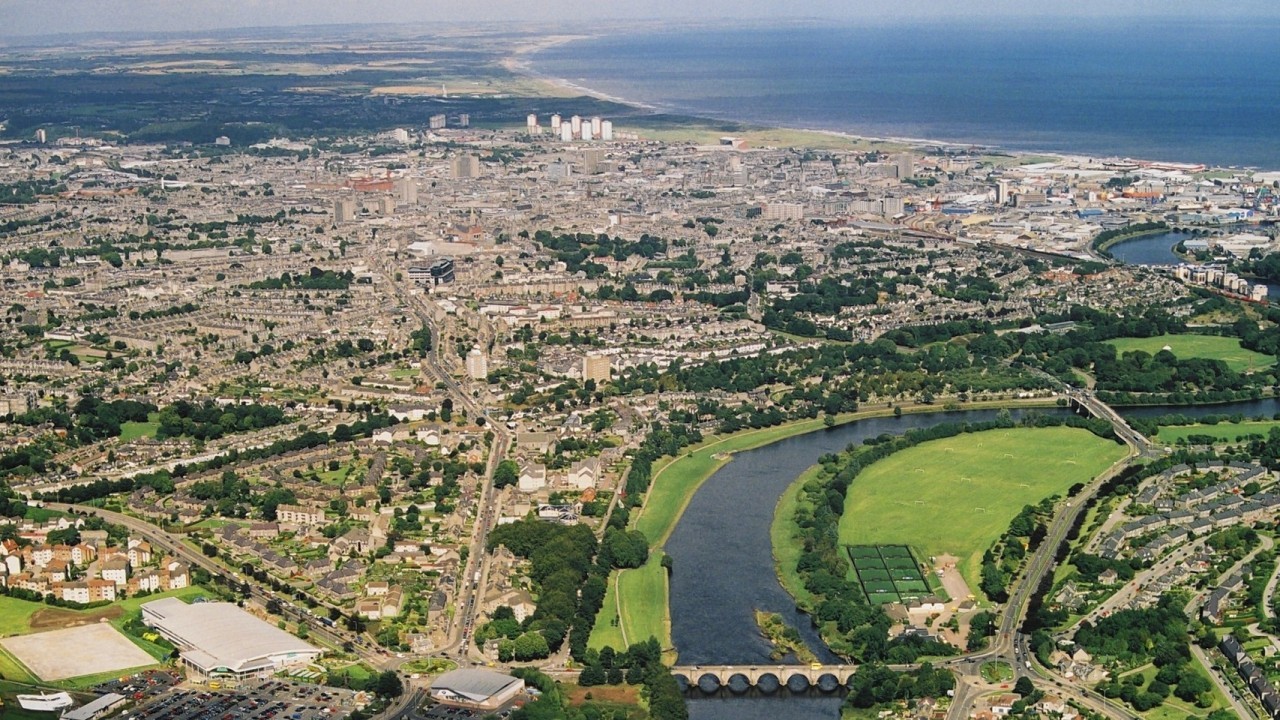
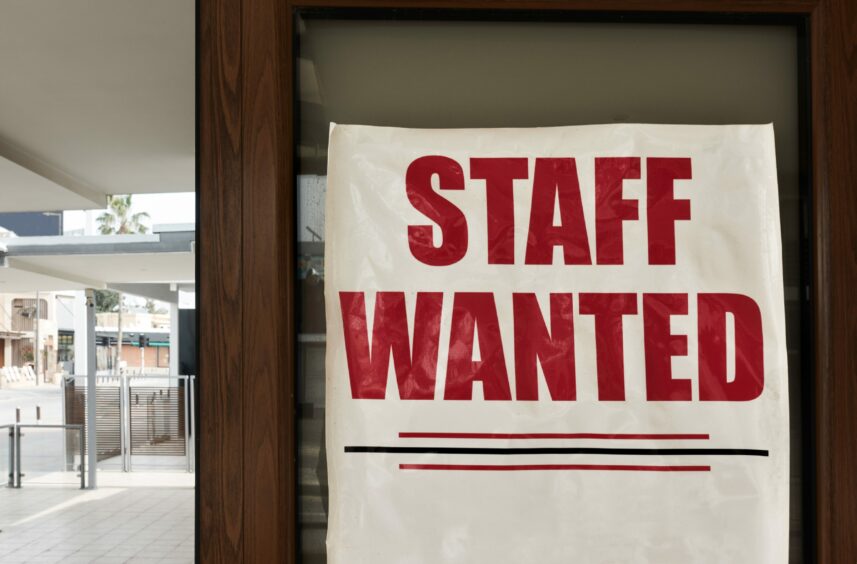
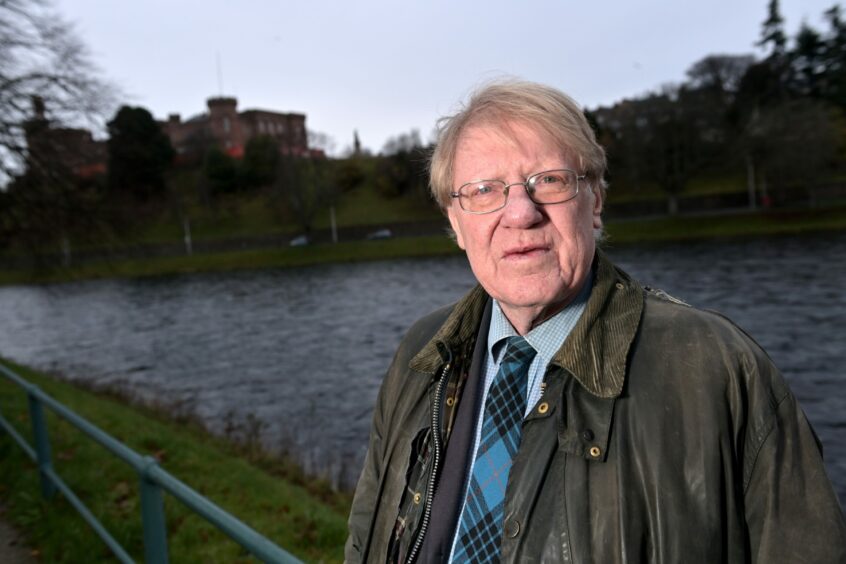

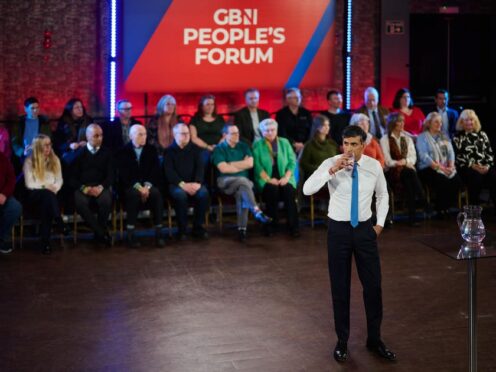



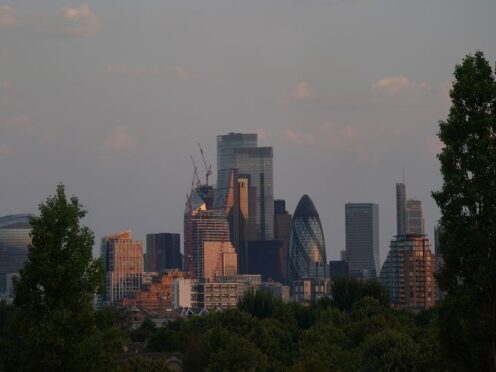
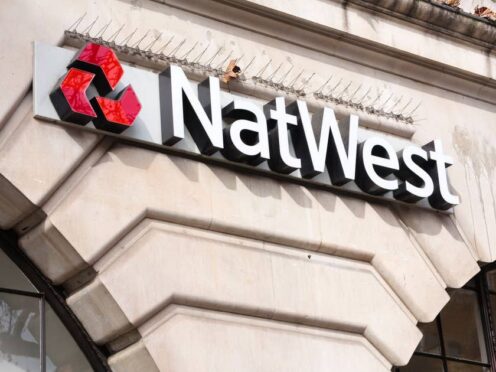
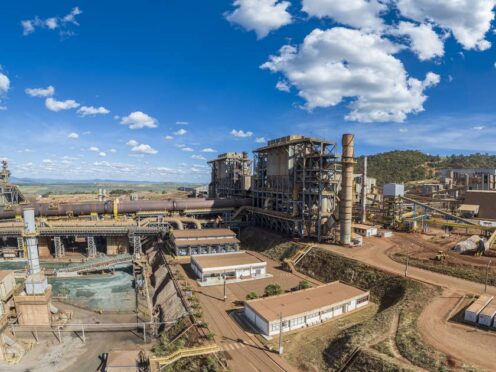


Conversation